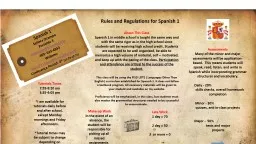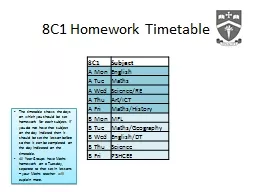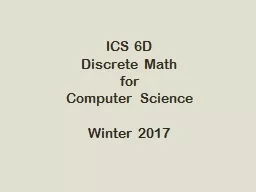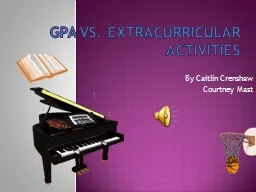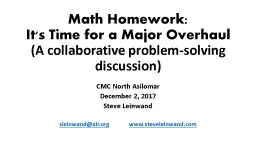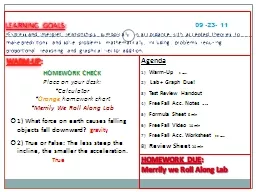PPT-In-Class Activities : Check Homework, if any
Author : luanne-stotts | Published Date : 2018-03-23
Reading Quiz Applications Method of Sections Concept Quiz Group Problem Solving Attention Quiz Todays Objectives Students will be able to determine Forces in truss
Presentation Embed Code
Download Presentation
Download Presentation The PPT/PDF document "In-Class Activities : Check Homework, i..." is the property of its rightful owner. Permission is granted to download and print the materials on this website for personal, non-commercial use only, and to display it on your personal computer provided you do not modify the materials and that you retain all copyright notices contained in the materials. By downloading content from our website, you accept the terms of this agreement.
In-Class Activities : Check Homework, if any: Transcript
Download Rules Of Document
"In-Class Activities : Check Homework, if any"The content belongs to its owner. You may download and print it for personal use, without modification, and keep all copyright notices. By downloading, you agree to these terms.
Related Documents



